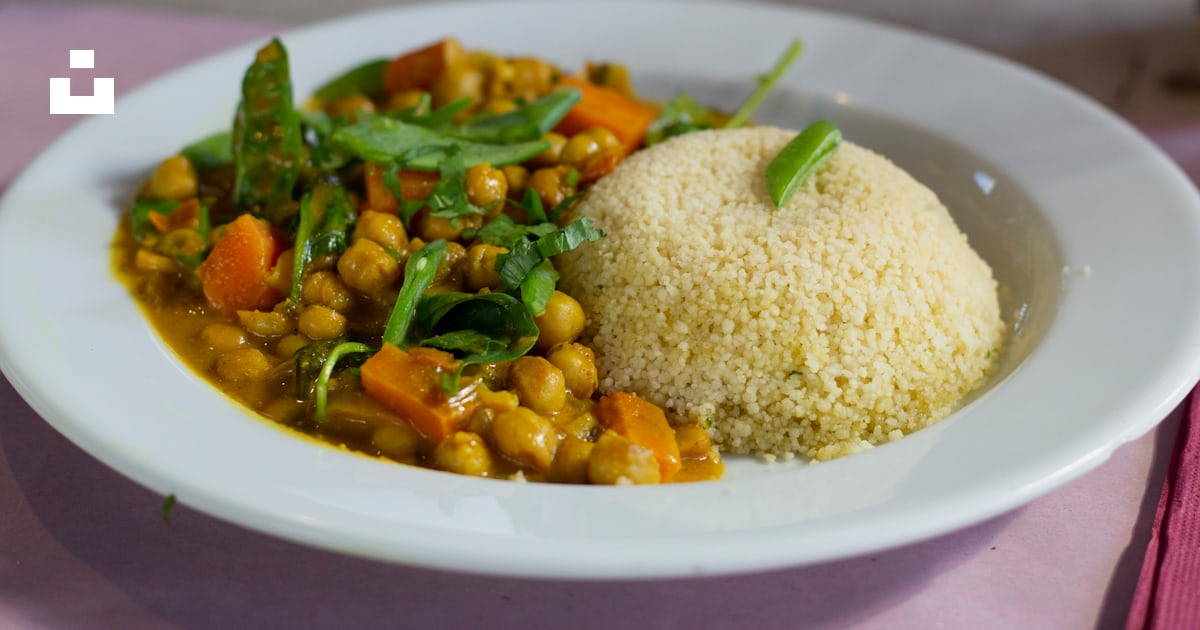The one thing I always keep in my kitchen is couscous. Without a doubt, it is my most-used ingredient and probably the easiest thing I know how to make. Not only does it take five quick minutes to prepare, but it’s versatile, affordable, and can sit in the pantry for months. Couscous is the new rice!
The easiest way to make couscous is by reading the cooking instructions on the packaging. For most recipes, you will only need four simple ingredients: olive oil, salt, water, and couscous (of course). There are two main types of couscous: Moroccan and Israeli. Moroccan couscous is smaller in size and takes only a few minutes to make, whereas Israeli (pearled) couscous is larger and cooks similarly to pasta. Both Moroccan and Israeli couscous are equally delicious, but it’s important to know the difference between the two when deciding which type to use.
The best thing about couscous is that it’s incredibly versatile and open to adaptation. Below, I’m going to share my three favorite ways to eat couscous and how it can be easily incorporated into almost any meal.

#1: Soup
Personally, my favorite part of any chicken noodle soup is the noodle, but try replacing it with pearled couscous, and you might love it even more! Similar to an orzo pasta, pearled couscous is small yet thick enough to add texture to any soup. I especially love mixing it with broth-based soups that are lighter in consistency like a classic minestrone or Italian wedding soup. You can either cook the Israeli couscous separately and add it to your soup, or boil it in the soup’s broth to better absorb its flavor.

#2: Salad
Similarly to quinoa or rice, I use whole wheat Moroccan couscous for grain-based salads. Recently, I’ve been loving mixing couscous with chopped bell peppers, red onions, cucumbers, feta, and a simple olive oil, lemon, salt, and pepper dressing for a more Mediterranean flavor profile. I’ve also been making couscous salads with leftover chicken, chickpeas, tomatoes, pine nuts, and balsamic vinaigrette when I feel like I need something more protein-heavy. These types of salads are both filling and easy to make, and I highly recommend trying them with a variety of different vegetable and protein combinations.

#3: Side Dish
Finally, I love using couscous as a complementary side dish for any meal, specifically stew-like recipes. Moroccan couscous is perfect for soaking up the flavors of any liquid, without overpowering the main component of a meal. I personally like adding parsley (or green onion if you’re a parsley hater), toasted almonds, and sometimes chopped-up raisins to my couscous, pairing it with my absolute favorite recipe: chicken cacciatore. You can also make it with any other dish where you would otherwise use rice or a different type of grain.
Hopefully, by now, I’ve converted you onto my obsession with couscous and have shown you the versatility of this delicious ingredient. Both Moroccan and Israeli couscous are incredibly easy to make and are delicious blank canvases to pair with countless other ingredients. I hope you love it as much as I do.

